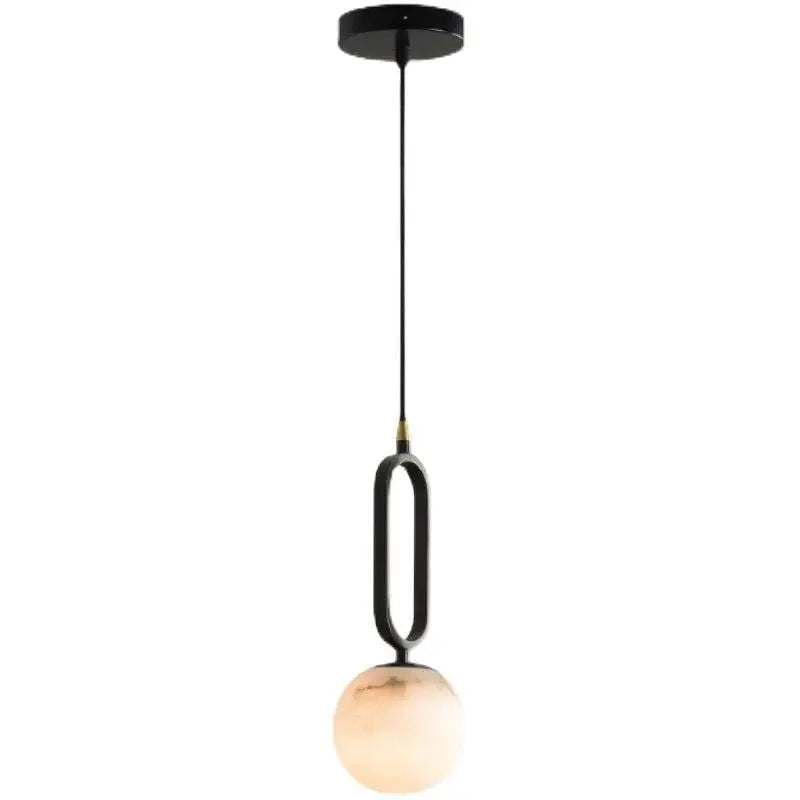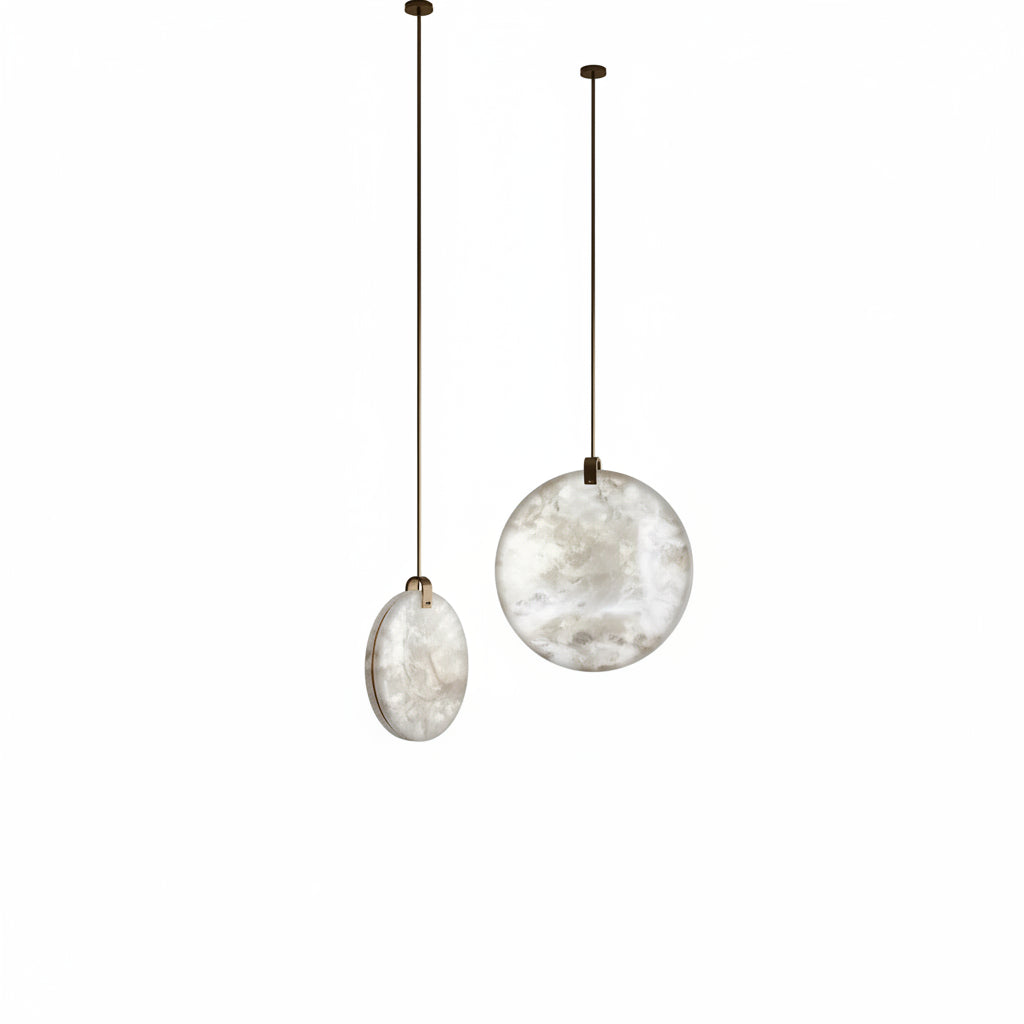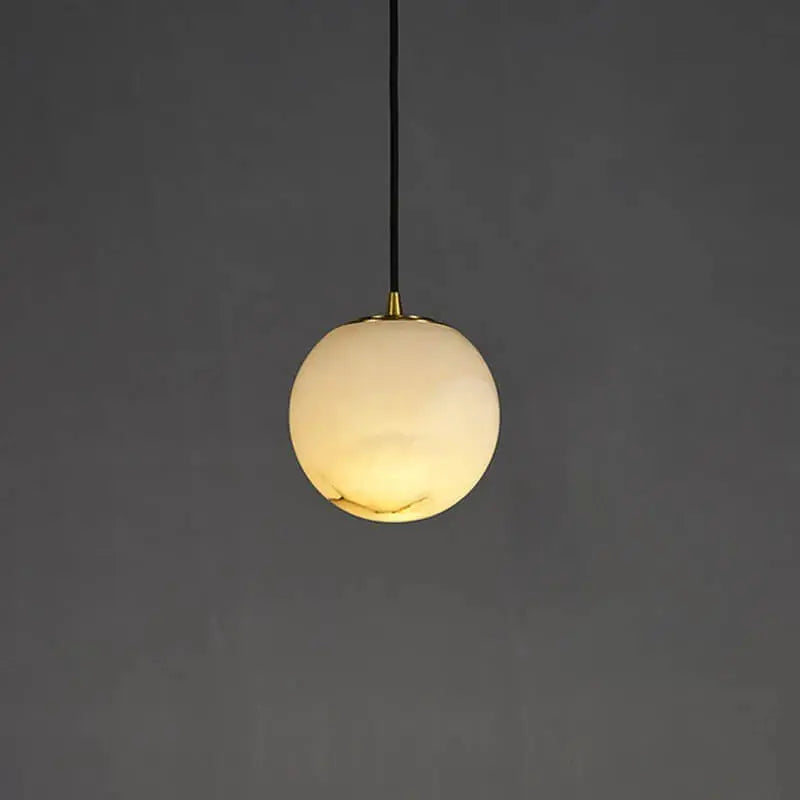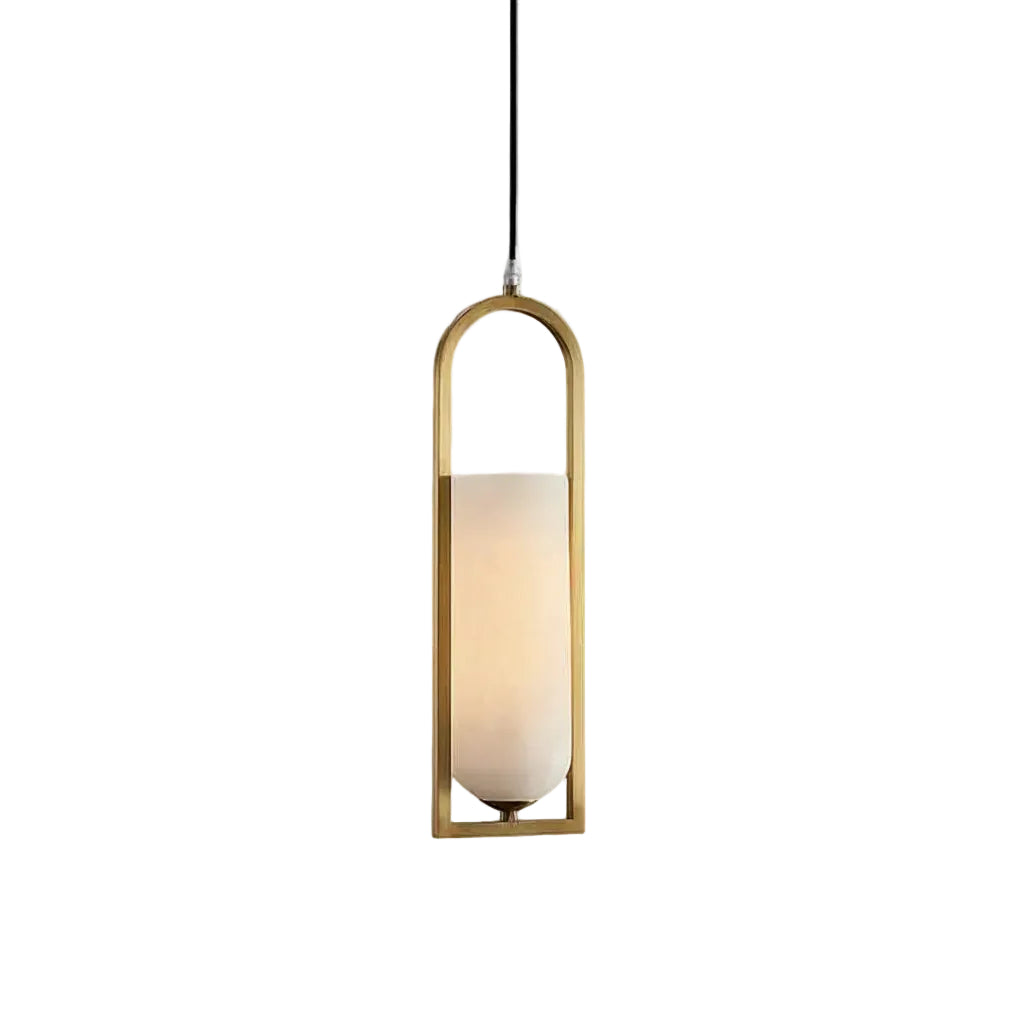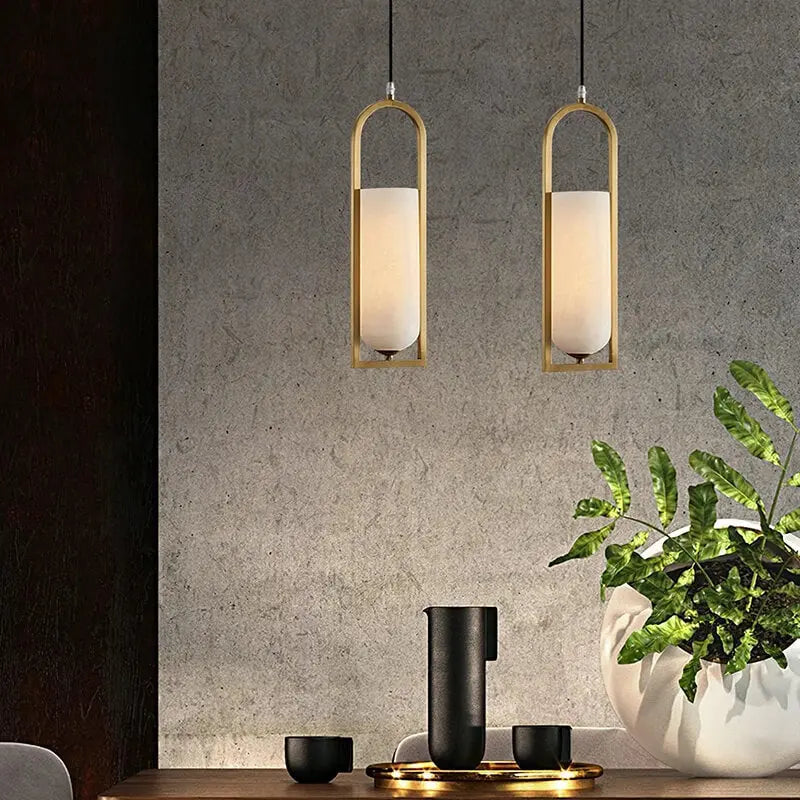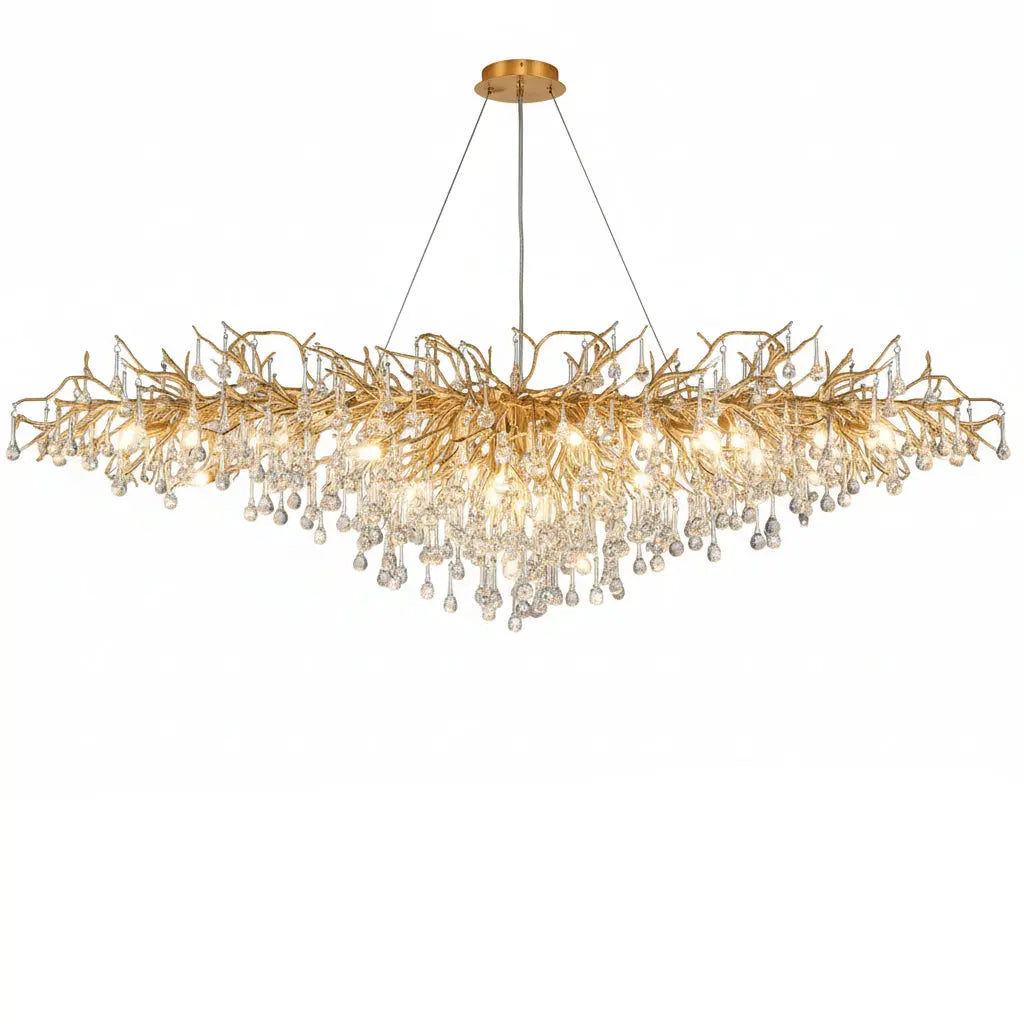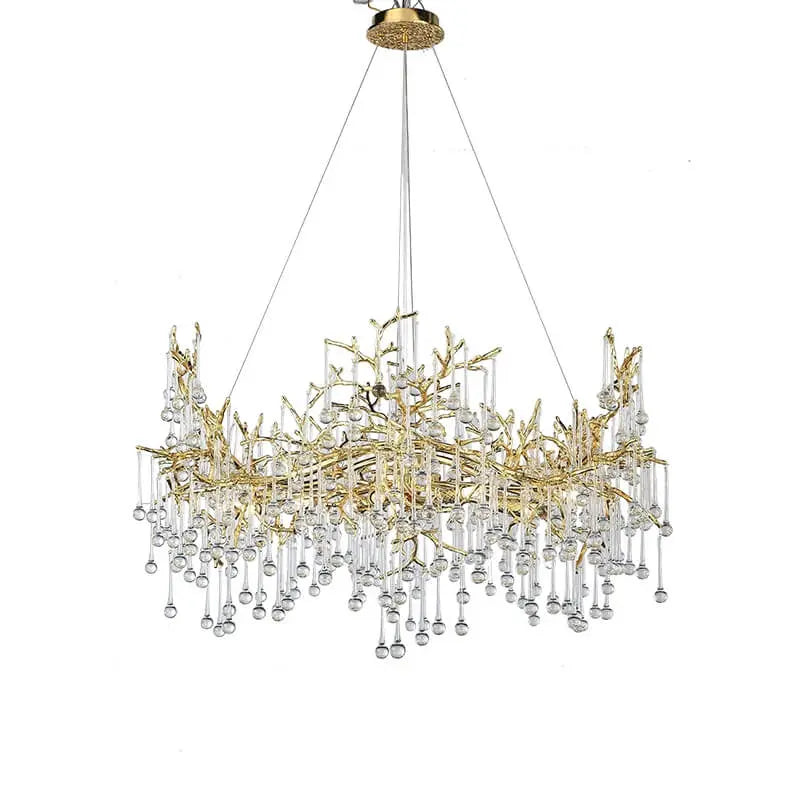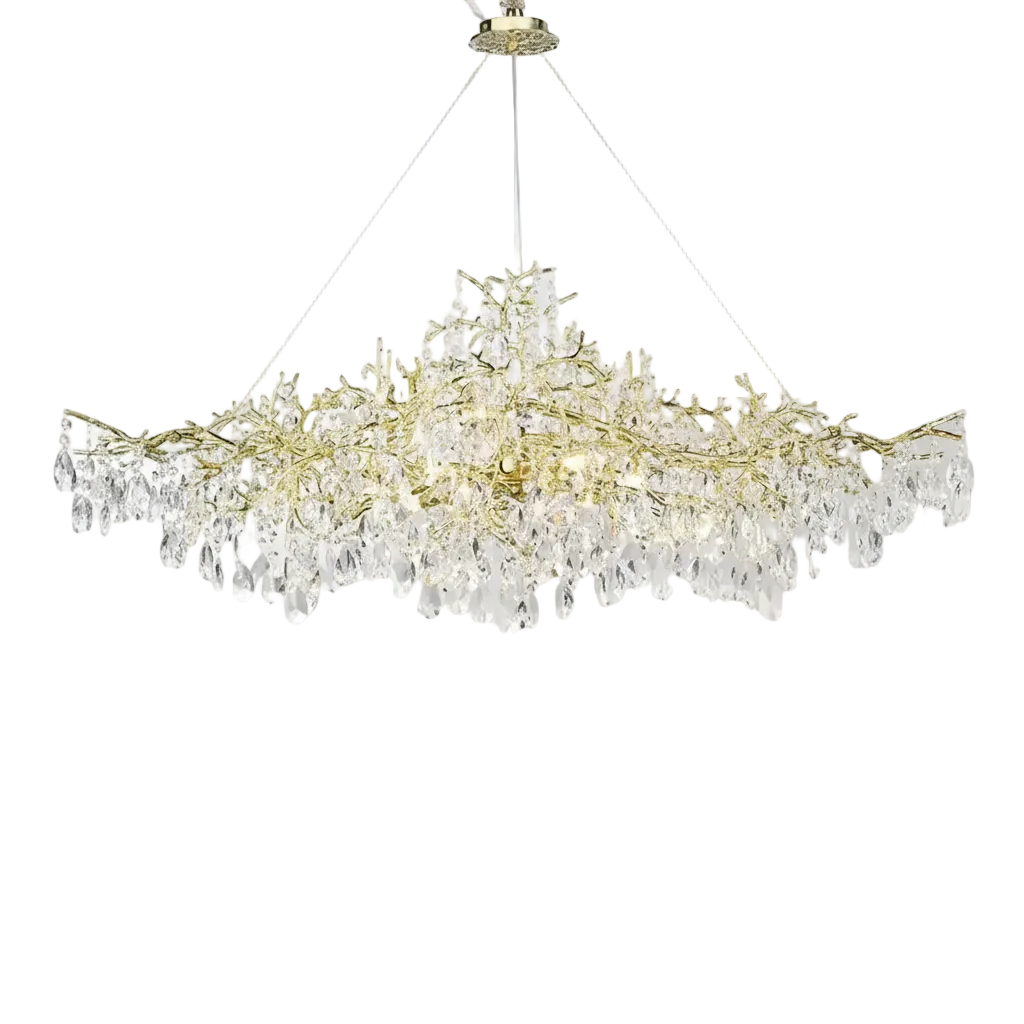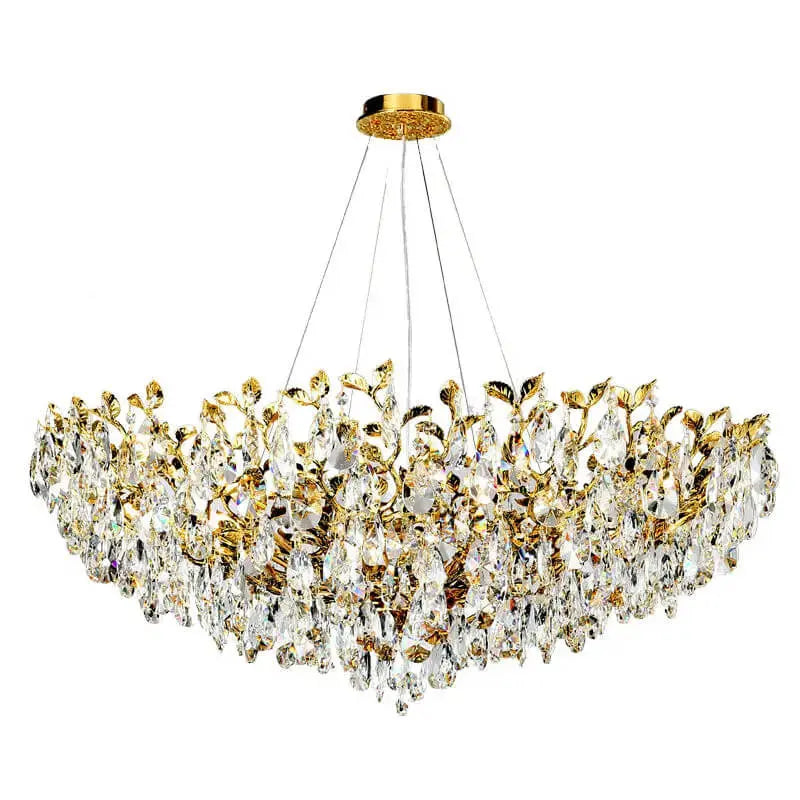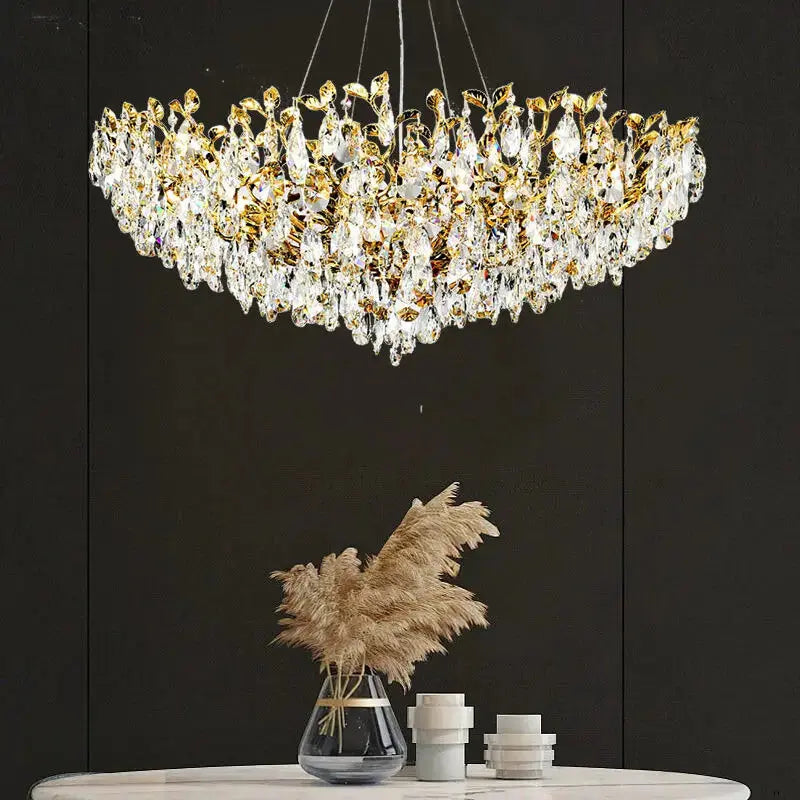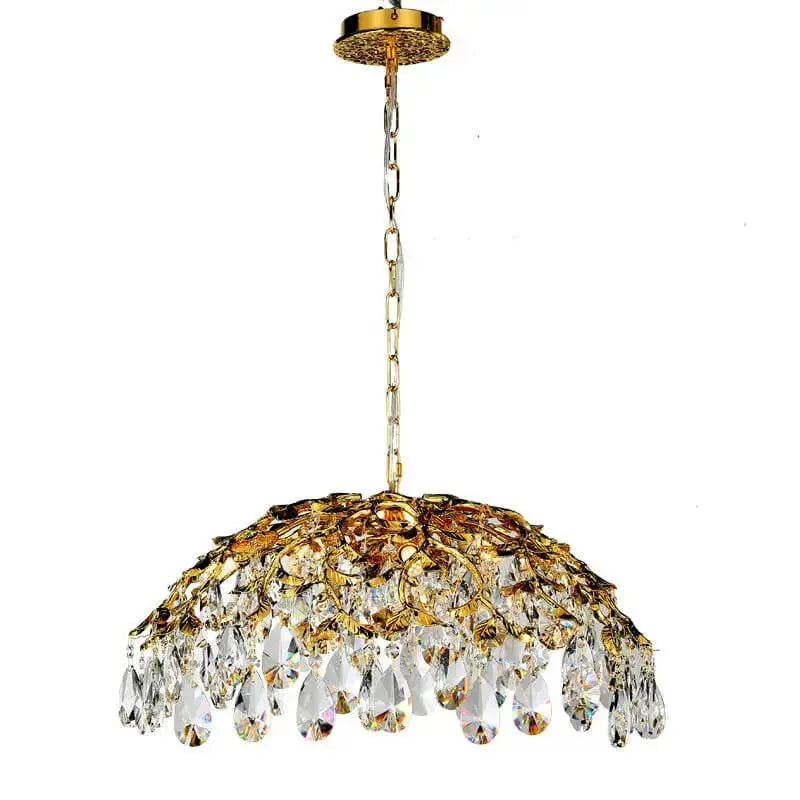Want to make your living room more inviting and healthier? Adding certain houseplants can help clean the air by removing toxins and releasing oxygen. Here's a list of the top 10 plants that can improve your indoor air quality.
Key Takeaways
- Spider plants are easy to care for and great at removing carbon dioxide and other pollutants.
- Peace lilies not only look beautiful but also clean the air of harmful chemicals like benzene and formaldehyde.
- Snake plants are very low-maintenance and can survive in low light, making them perfect for busy households.
- Boston ferns act as natural humidifiers and are excellent at restoring moisture to the air.
- Bamboo palms are effective at filtering out toxins from the air, especially in large spaces.
1. Spider Plant
The Spider Plant, also known as Chlorophytum comosum, is a fantastic choice for those new to gardening. This plant is incredibly easy to care for and thrives in bright, indirect sunlight. It can grow up to 24 inches tall, making it a great option for hanging baskets.
Key Benefits
- Air Purification: Spider Plants are excellent at removing common pollutants like xylene and formaldehyde from the air.
- Pet-Friendly: This plant is non-toxic to both dogs and cats, making it a safe option for households with pets.
- Low Maintenance: Requires watering two to three times a week and can tolerate a variety of light conditions.
Growth and Care Tips
- Light: Prefers bright, indirect sunlight but can adapt to lower light conditions.
- Watering: Keep the soil moist but not soggy. Water two to three times a week.
- Propagation: Mature plants produce baby spiderettes that can be removed and rooted in water or soil.
Spider Plants are a great way to improve indoor air quality while adding a touch of greenery to your living space. They are especially effective in removing formaldehyde, a common indoor pollutant.
Quick Facts
| Feature | Description |
|---|---|
| Scientific Name | Chlorophytum comosum |
| Best for | Beginners |
| Eliminates | Xylene, Formaldehyde |
| Maintenance Level | Easy |
| Pet Safe | Yes |
2. Peace Lily
The Peace Lily, known scientifically as Spathiphyllum spp., is a popular houseplant for its air-purifying abilities and beautiful white flowers. NASA has recognized it as one of the top three plants for removing household toxins, including ammonia.
Key Benefits
- Air Purification: Removes toxins like ammonia, benzene, and formaldehyde from the air.
- Aesthetic Appeal: Produces stunning white flowers that can serve as a centerpiece.
- Low Maintenance: Requires minimal care, making it ideal for beginners.
Care Tips
- Light: Thrives in low to moderate light but blooms best in brighter conditions.
- Watering: Allow the soil to become nearly dry before watering.
- Maintenance: Wipe leaves regularly to remove dust.
Peace Lilies are a great choice for those new to gardening. They are tolerant and can grow in low-light conditions, making them perfect for any living space.
3. Snake Plant
The Snake Plant, also known as Dracaena trifasciata or "Mother-in-Law’s Tongue," is a popular choice for improving indoor air quality. Its dramatic, sword-like leaves make it a striking addition to any living room.
Key Benefits
- Air Purification: Snake plants are known to remove toxins such as formaldehyde and benzene from the air.
- Low Maintenance: This plant is incredibly hardy and can survive in low light and with minimal water.
- Longevity: In the right conditions, a snake plant can live for decades.
Care Tips
- Light: Prefers bright, indirect light but can tolerate low light conditions.
- Water: Water only when the soil is nearly dry. Overwatering can lead to root rot.
- Pet Safety: Be cautious, as this plant is toxic to pets according to the ASPCA.
The Snake Plant is perfect for those who may not have a green thumb but still want to enjoy the benefits of indoor plants. Its resilience and air-purifying qualities make it a top choice for any living room.
4. Boston Fern
The Boston Fern, also known as Nephrolepis exaltata, is a classic houseplant that adds a touch of elegance to any living room. These ferns are beginner-friendly and thrive in bright, indirect sunlight. They are particularly effective at removing pollutants like cigarette smoke, formaldehyde, toluene, xylene, and benzene from the air.
Quick Facts
- Scientific name: Nephrolepis exaltata
- Best for: Beginners
- Eliminates: Cigarette smoke, formaldehyde, toluene, xylene, benzene
- Maintenance level: Medium
- Plant care: Place in bright, indirect sunlight, provide as much humidity as possible, and allow water to drain thoroughly
Boston Ferns are non-toxic to pets, making them a great addition to homes with cats and dogs. They are also known for their lush, arching fronds that can add a touch of nature to any indoor space.
Although they require a bit of care, including daily misting or placement on a tray of pebbles filled with water, their air-purifying qualities make them well worth the effort.
5. Bamboo Palm
The Bamboo Palm, also known as Chamaedorea seifrizii, is a fantastic addition to any living room. This plant can grow between 4 to 12 feet tall and 3 to 5 feet wide, making it a striking feature in your home. It thrives in indirect sunlight and needs to be watered when the soil surface feels dry.
Benefits
- Eliminates toxins like benzene, chloroform, formaldehyde, xylene, and carbon monoxide
- Adds moisture to the air, which is especially useful during dry winter months
- Safe for households with pets
Care Tips
- Place the Bamboo Palm in a well-ventilated area with indirect sunlight.
- Keep the soil moist but not soggy.
- Mist the plant occasionally to maintain humidity.
The Bamboo Palm not only enhances your living room's aesthetic but also contributes to a healthier indoor environment by purifying the air and adding moisture.
6. English Ivy
English Ivy, or Hedera helix, is a versatile plant that can thrive in various indoor settings. This climber is often seen adorning the walls of old buildings and can be a charming addition to your living room.
Benefits
- Air Purification: English Ivy is known for its ability to remove harmful substances like carbon monoxide, trichloroethylene, formaldehyde, and benzene from the air.
- Health Benefits: It also has anti-inflammatory properties, making it beneficial for your overall well-being.
Care Tips
- Light: English Ivy prefers moderate light in spring and summer, and bright light in fall and winter. You can also use fluorescent light if natural light is insufficient.
- Watering: Water generously while the plant is growing, but avoid overwatering in winter. Let the soil surface dry a bit between waterings.
Caution
While English Ivy is a beautiful and beneficial plant, it is toxic to pets and humans. Always handle it with gloves and keep it out of reach of children and pets.
English Ivy is a great choice for those looking to add a touch of nature to their small living room design ideas that maximize space and style. Its ability to purify air and its low maintenance make it a popular choice for indoor gardening enthusiasts.
7. Aloe Vera
Aloe Vera is not just a plant for your skin; it also helps clean the air in your home. This plant is great at removing chemicals like formaldehyde and benzene. These chemicals are often found in household products like detergents and paint.
Benefits
- Removes formaldehyde and benzene
- Releases oxygen and absorbs carbon dioxide at night
Care Tips
- Needs bright, indirect sunlight
- Water infrequently, allowing the soil to dry out between waterings
Aloe Vera is a fantastic choice for those looking to improve air quality while also enjoying the plant's healing properties.
8. Dracaena
Dracaena is a versatile and easy-to-grow plant that can thrive in various indoor conditions. With its long, strappy leaves, some varieties even feature beautiful red markings. Dracaena is perfect for those looking to add a touch of greenery to their living space without much hassle.
9. Philodendron
Philodendrons are one of the most popular houseplants, known for their excellent air-purifying abilities. They are particularly effective at removing formaldehyde from the air, making them a great choice for improving indoor air quality.
Key Features
- Heart-shaped leaves: These glossy leaves add a touch of elegance to any room.
- Fast-growing vines: Perfect for trailing over bookshelves or tall cabinets.
- Low to bright light: Philodendrons thrive in various lighting conditions, from low to bright light.
Care Tips
- Watering: Keep the soil lightly moist but not soggy. Water when the top inch of soil feels dry.
- Light: Place in an area with indirect sunlight. They can tolerate low light but grow faster in brighter conditions.
- Temperature: Maintain a room temperature between 65-80°F.
- Humidity: Philodendrons prefer higher humidity but can adapt to average room humidity levels.
Note: Philodendrons are toxic to pets, so keep them out of reach of cats and dogs.
Philodendrons are practically bullet-proof plants, making them ideal for both beginners and experienced plant parents. With their quick-growing vines and pretty heart-shaped leaves, they can transform your living room into a green haven.
10. Chrysanthemum
Chrysanthemums, often called 'mums', are a popular choice for adding a burst of color to your living room. These flowers come in a variety of shades, including yellow, pink, red, and white. Not only do they brighten up your space, but they also help purify the air. According to NASA, chrysanthemums are among the best air-purifying houseplants, removing common indoor pollutants like formaldehyde, benzene, and xylene.
To keep your chrysanthemums healthy and blooming, place them in a bright room with plenty of direct sunlight. They require minimal care, making them an excellent choice for those who may not have a green thumb. However, keep in mind that they typically only last a few weeks indoors.
Quick Facts
- Scientific name: Chrysanthemum morifolium
- Best for: Households with pets and children
- Eliminates: Ammonia, xylene, formaldehyde, and benzene
- Maintenance level: Low
- Plant care: Check soil moisture before watering and keep damp
Chrysanthemums are a stunning addition to any home, offering both beauty and air-purifying benefits. They are easy to care for and thrive in various conditions, making them a versatile choice for any living room.
Chrysanthemums are not just beautiful flowers; they also symbolize joy and optimism. If you're looking to brighten up your home or garden, consider adding these stunning blooms to your space. For more tips on home decor and lighting, visit our website and explore our wide range of products.
Conclusion
Adding plants to your living room is a simple and effective way to improve air quality. From the easy-to-care-for Spider Plant to the elegant Peace Lily, there's a plant for every lifestyle and preference. Not only do these plants help purify the air, but they also add a touch of nature and beauty to your home. Remember, while some plants are low-maintenance, others may require a bit more attention. Choose the ones that best fit your living conditions and enjoy the benefits of cleaner air and a greener living space.
Frequently Asked Questions
How do plants improve air quality?
Plants improve air quality by absorbing harmful pollutants through their leaves and roots. During photosynthesis, they convert carbon dioxide into oxygen, making the air fresher and cleaner.
Which plant is the easiest to care for?
The Spider Plant is one of the easiest plants to care for. It thrives in indirect sunlight and doesn’t need frequent watering, making it perfect for beginners.
Are these plants safe for pets?
Not all air-purifying plants are safe for pets. For instance, the Peace Lily and English Ivy can be toxic to cats and dogs. Always check if a plant is pet-friendly before bringing it home.
How many plants do I need to improve air quality in a room?
It’s recommended to have at least two plants per 100 square feet to effectively improve air quality. The more plants you have, the better the air quality will be.
Can houseplants help with allergies?
Yes, some houseplants can help with allergies by removing airborne toxins and increasing humidity levels, which can reduce the presence of dust and other allergens.
Do air-purifying plants need special care?
Most air-purifying plants do not need special care. They generally require regular watering, indirect sunlight, and occasional fertilizing. Always check the specific needs of each plant to ensure it thrives.




